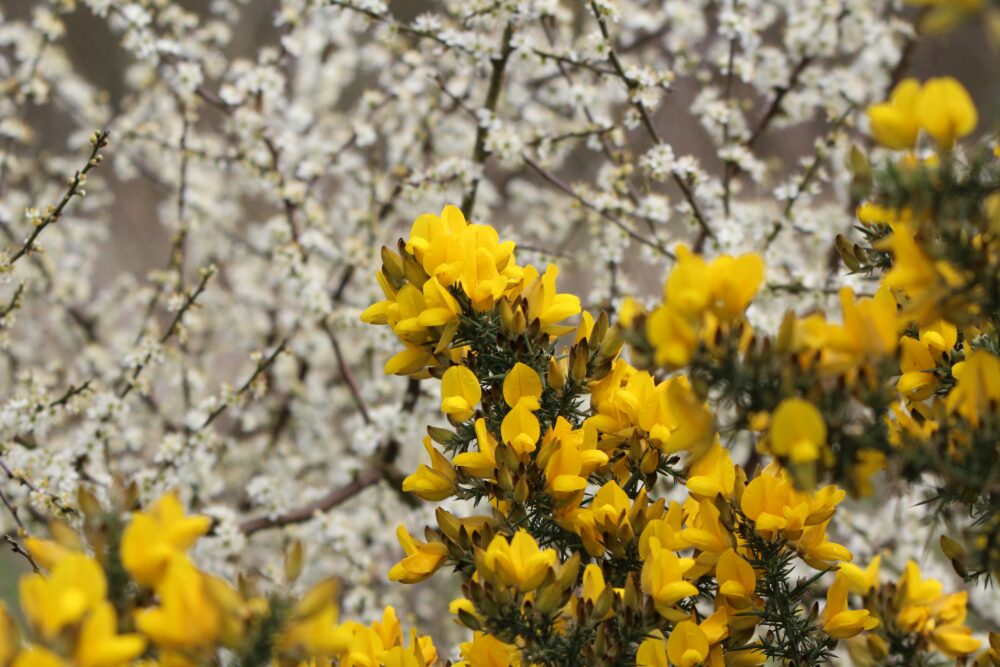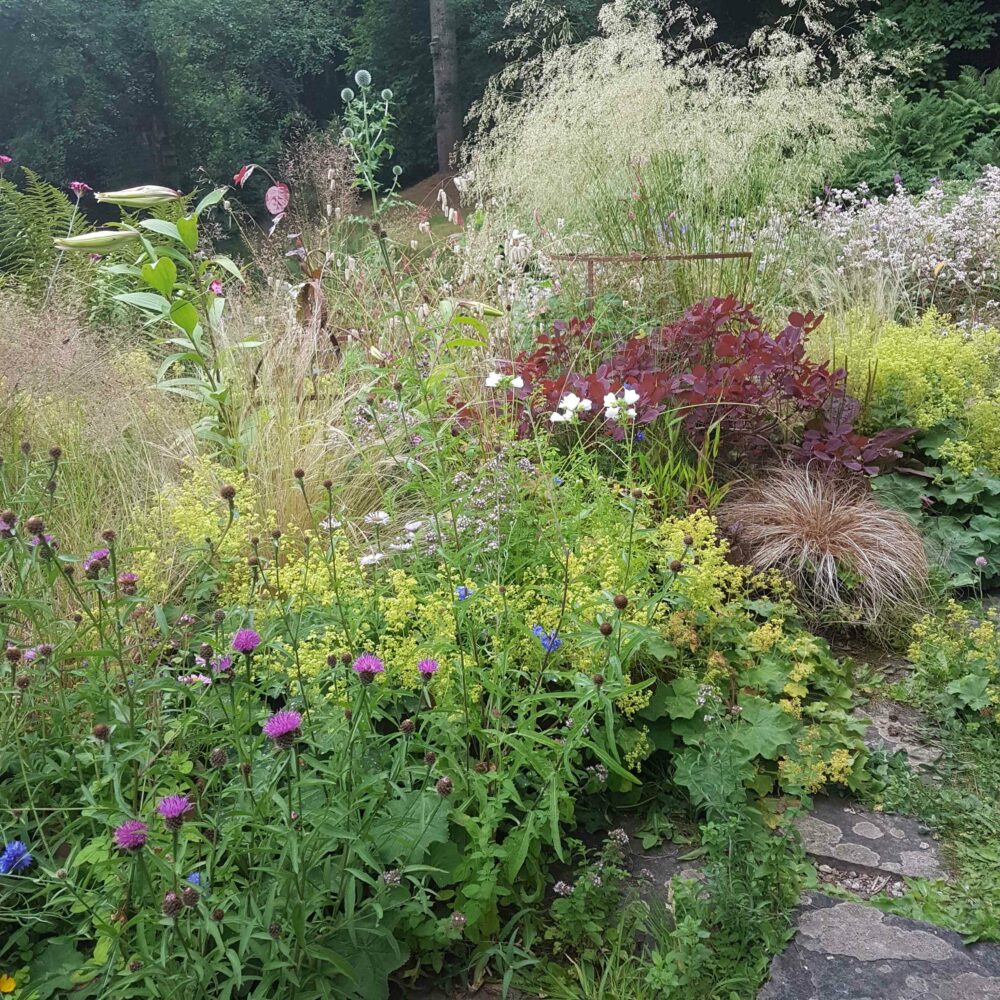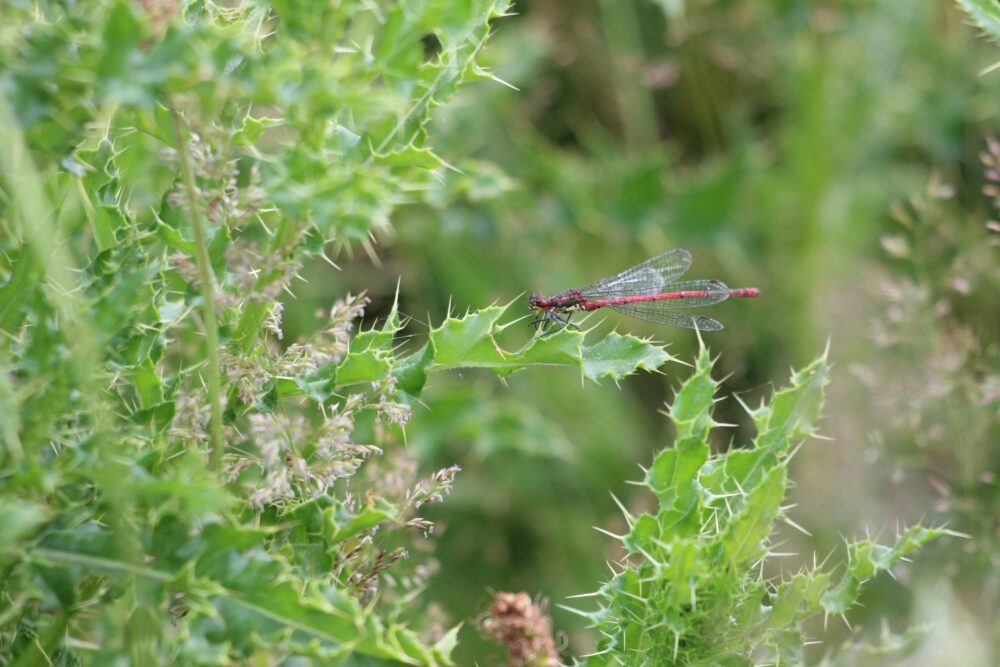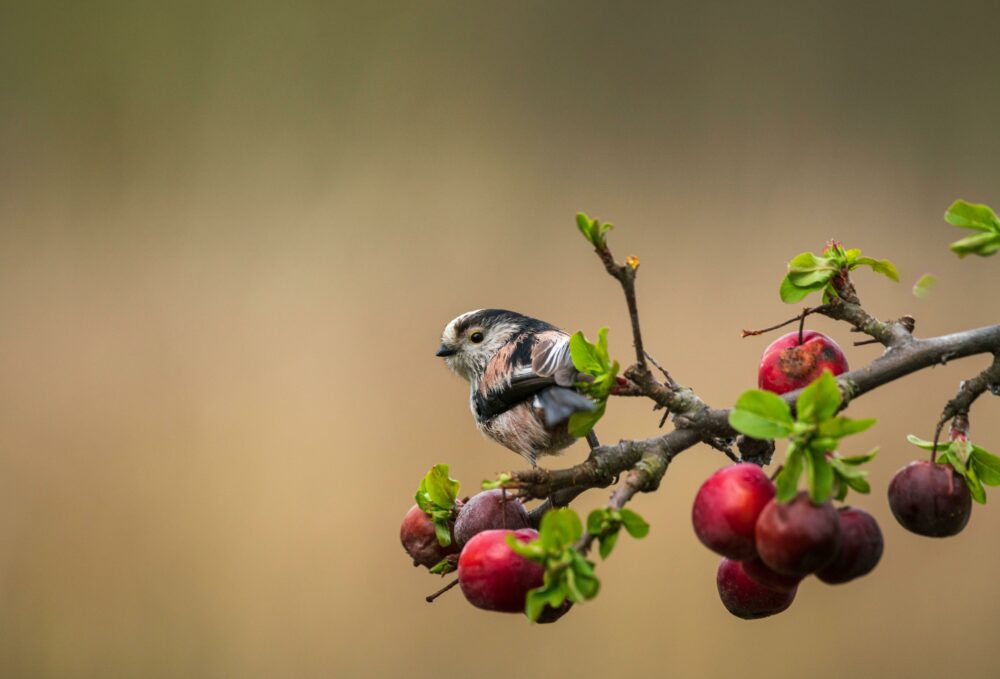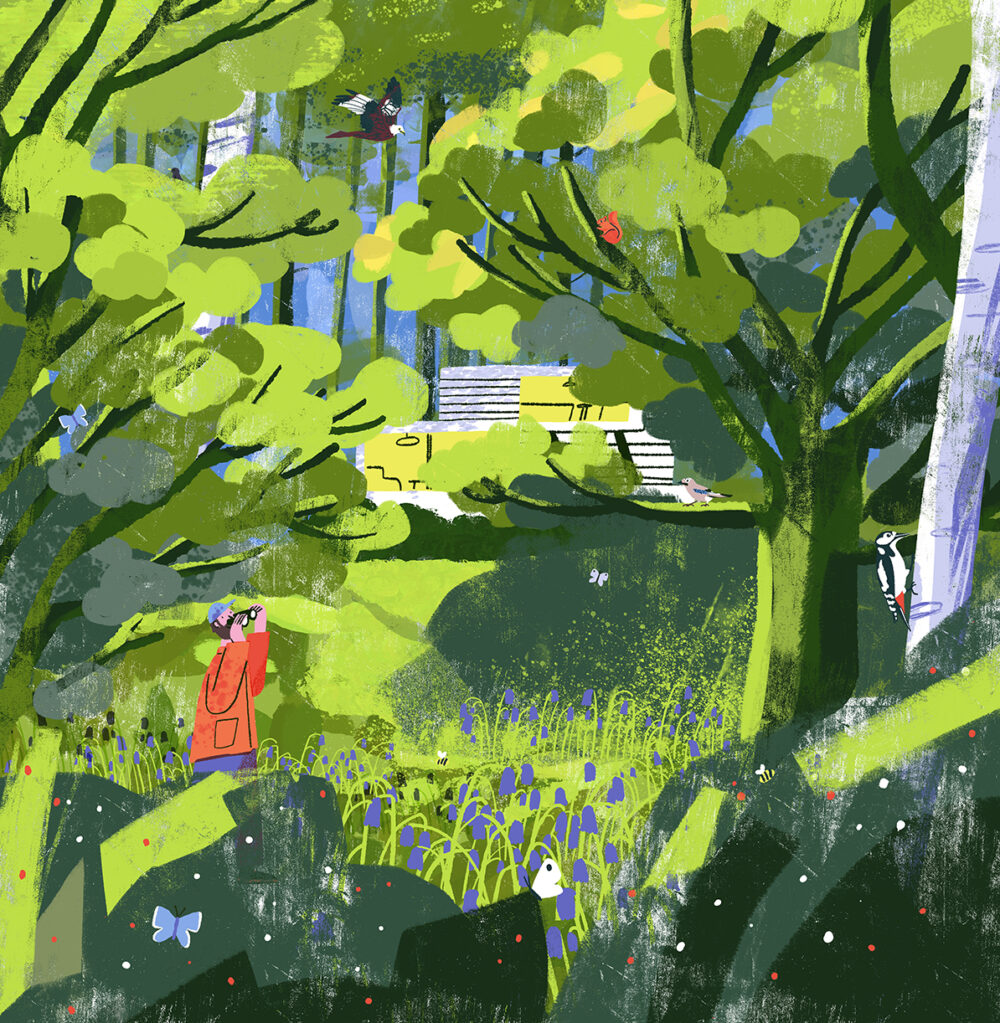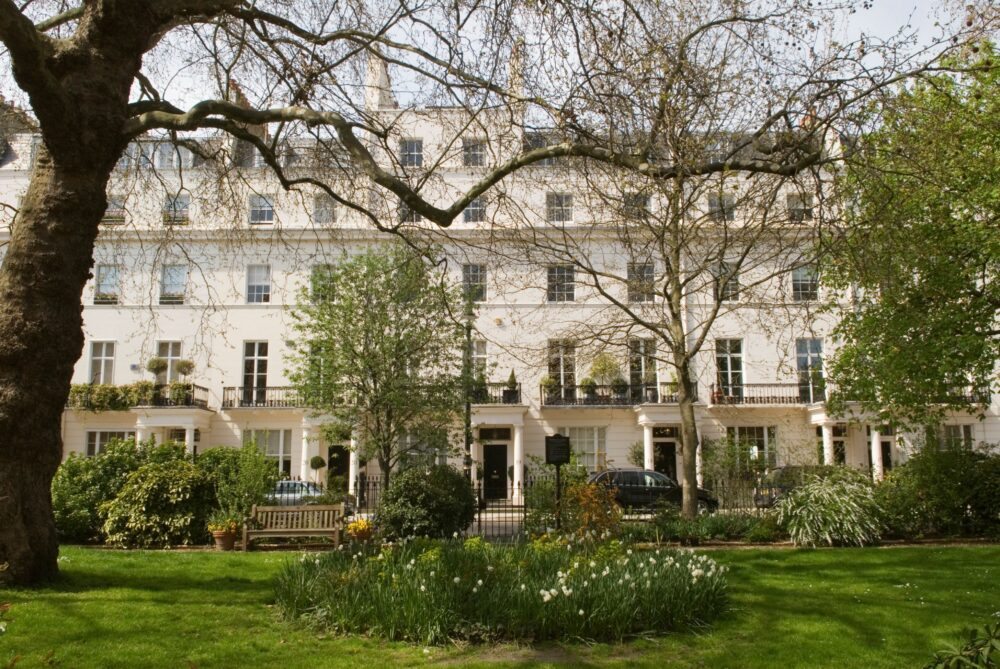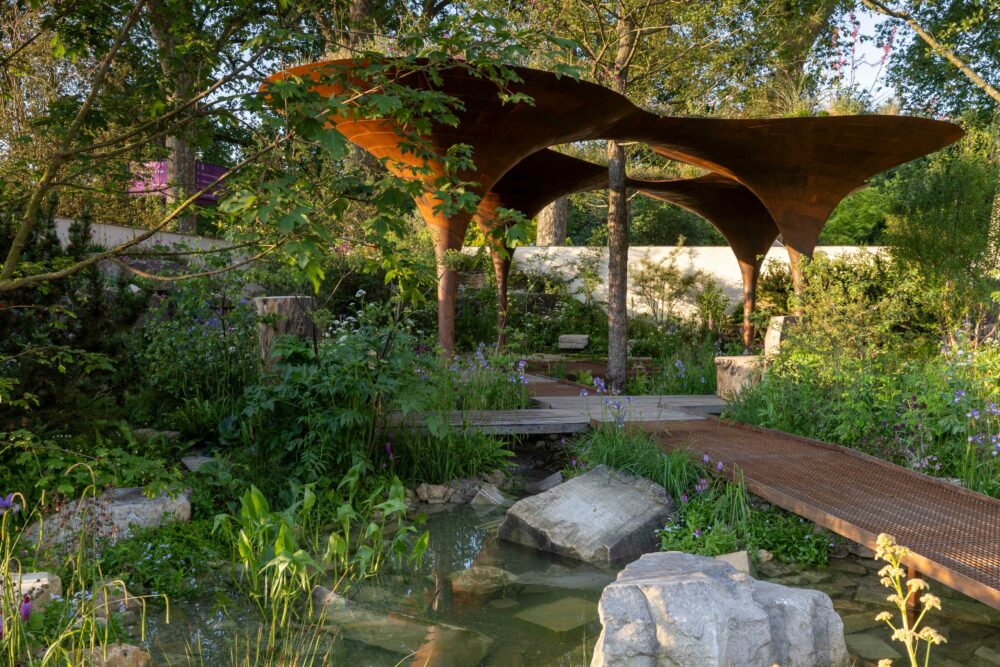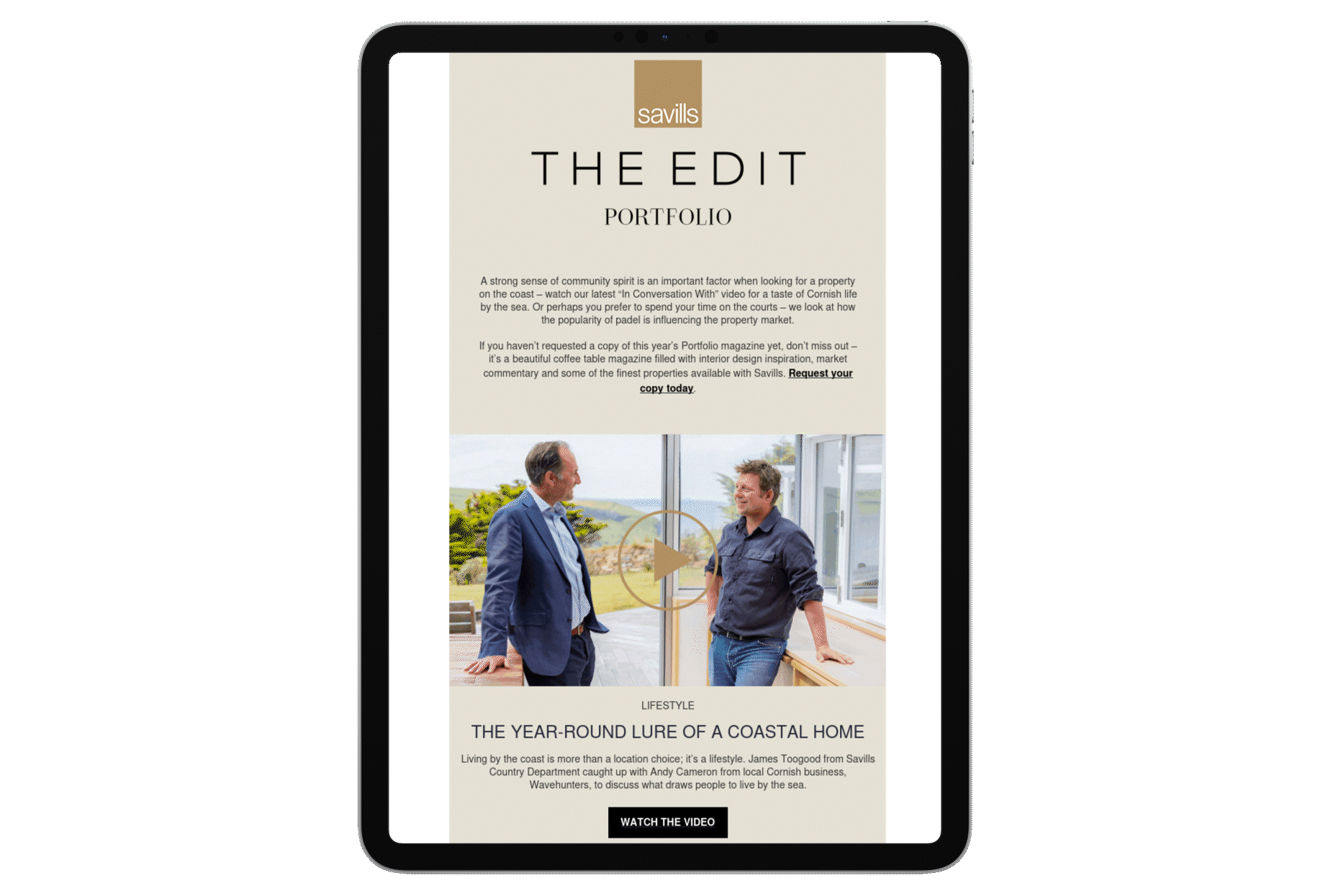Growing numbers of gardeners are embracing the shift from ornamental planting to something wilder, looser and more in tune with nature. Tidy borders are being replaced by banks of perennials, wildflower meadows and areas of woodland. This is no mere trend: gardeners, more than most, are aware of the tumbling numbers of bees, butterflies and birds, and the importance of growing pollinator-friendly plants. But how many have taken the next step and introduced native plants into their outdoor space?
Long regarded as weeds – and something to be eliminated – many indigenous species (defined by the Royal Horticultural Society as those “that have naturally occurred in Britain since the last Ice Age”) receive a bad press. Fortunately, influential horticulturists are wise to their beauty and importance – and public opinion is shifting. The hugely influential Dutch garden designer Piet Oudolf, who has always championed native plants, regards his drifts of perennials and grasses – as seen at Hauser & Wirth Somerset and on the High Line in New York – as more nature reserve than garden.
Native plants are also prominent at Nant-y-bedd in the Black Mountains of Wales, which won RHS Partner Garden of the Year 2022 – and most of them occur in the surrounding landscape. The result is a pleasingly unruly 10 acres where waves of flowering plants, interspersed with vegetables and fruit, brim with bees, butterflies and moths. “Our gardens can provide refuges for many species,” says Nant-y-bedd’s Sue Mabberley, “while being beautiful and productive.”


